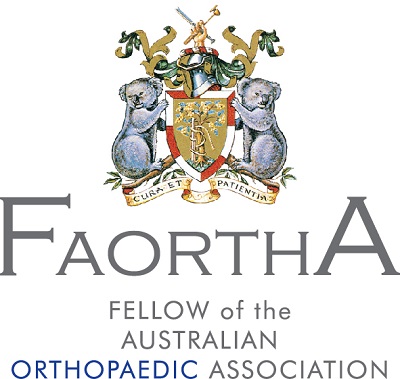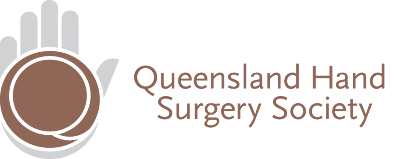Arthroscopic Rotator Cuff Repair
Dr. Ben Kenny has extensive experience performing arthroscopic rotator cuff repairs, with a strong focus on patient outcomes and long-term recovery. These principles are reflected in his adoption and development of minimally invasive techniques that aim to lessen the impact of surgery on a patient.
Key information:
Rotator cuff tear
The rotator cuff is a group of 4 distinct muscles and associated tendons that surround the shoulder joint and provide stability and strength in movement.
A rotator cuff tear occurs when the tendon that attaches the muscle from the shoulder blade to the head/ball of the arm bone becomes torn or detached. This may be due to an injury or trauma to the arm or shoulder. More commonly, especially in older people, it is due to a lifetime of wear and tear.
Arthroscopic Rotator Cuff Repair is a minimally invasive surgical procedure for reattaching the muscle to the bone.
Symptoms of a rotator cuff tear include:
- Weakness in the arm
- Problems lifting objects, especially overhead
- Sleeping difficulties due to discomfort or pain
- Unusual sensation in the shoulder during movement
Diagnosis may involve:
- Medical history review
- Physical examination
- MRI
- X-ray
The procedure
Arthroscopy is performed under general anaesthetic.
An arthroscope (video camera and light) is inserted through a small incision in the shoulder. This enables a monitor view of the inside of the shoulder. Additional small incisions are also made to allow other surgical instruments to be inserted.
The rotator cuff repair procedure involves reattaching the tendon to the bone with small suture anchors (rivets). These suture anchors will stay in place and do not need to be removed. Sutures (stitches) are then attached to the anchors, and used to tie the tendon back to the bone. The incisions are then closed and a dressing is applied.
Post operative care
You will need to wear a sling when you leave. You may also need a shoulder immobiliser to keep your shoulder from moving.
Recovery usually takes 6 to 12 months, depending on the size of the tear and other factors. You will have to wear a sling for 6 weeks after your surgery. Pain can be managed with medicines and physical therapy can help you regain the motion and strength of your shoulder.
Prognosis
Surgery to repair a torn rotator cuff is usually successful in relieving pain and helping patients to regain shoulder motion. However, the procedure may not always return full strength to the shoulder.
Rotator cuff repair can require an extended recovery period, especially if the tear was large or complex. You should usually be able to resume your regular physical activities within a few months of surgery.
Some rotator cuff tears never fully heal. Stiffness, weakness and chronic pain may still be experienced after surgery and require ongoing management.






